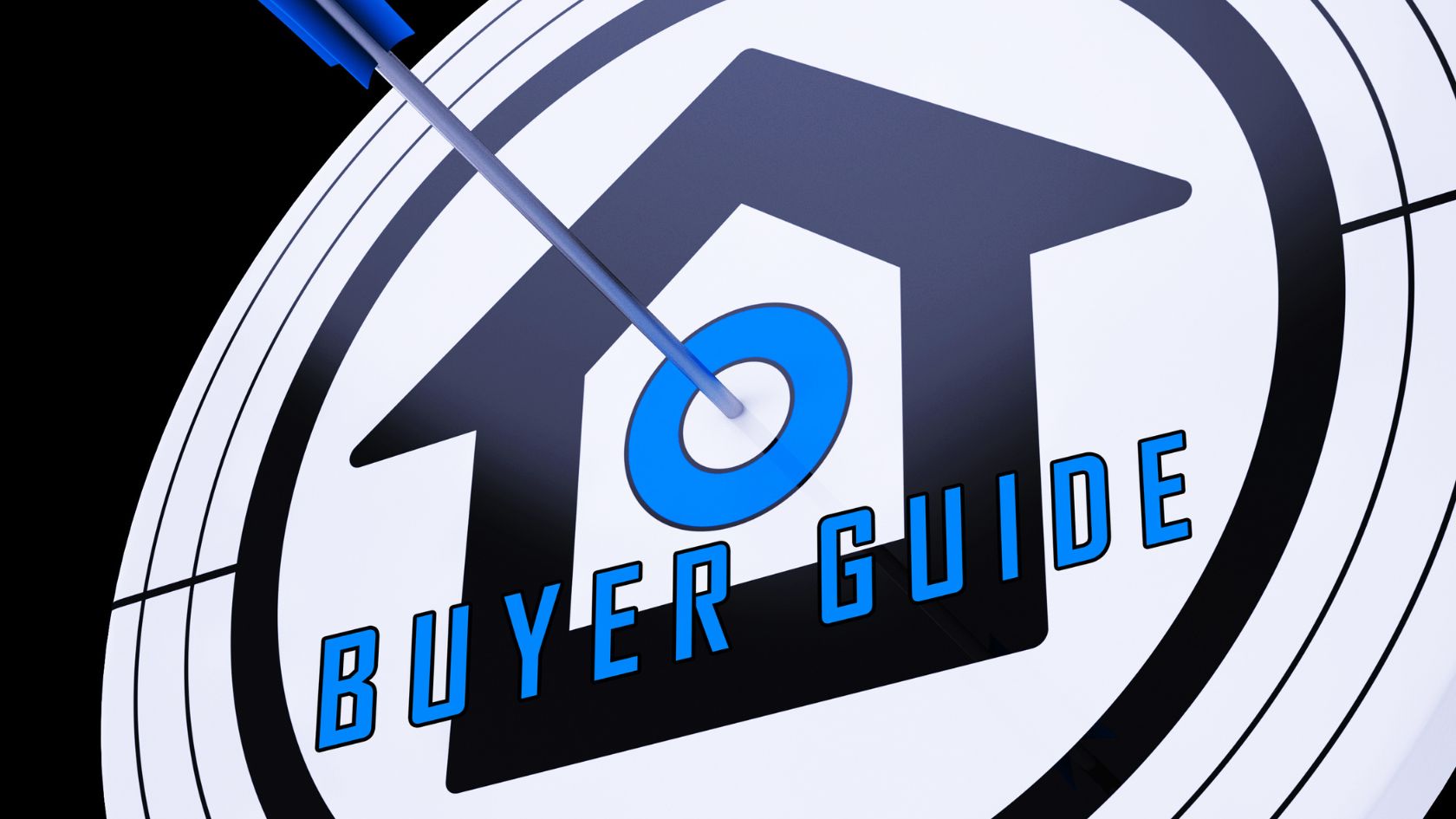
How to Create Effective Buyer Guides That Drive Conversions in 2025

Creating effective buyer guides is a powerful strategy for influencing purchase decisions and establishing your authority in any niche. These comprehensive resources help potential customers navigate complex purchasing decisions while strategically positioning your recommended products or services as the ideal solution. In this detailed guide, we’ll explore the step-by-step process of crafting buyer guides that not only rank well in search engines but also convert visitors into customers.
Why Buyer Guides Are Essential Marketing Assets
Buyer guides serve as decision-making tools that address customer pain points at a critical stage in their journey. When properly executed, these guides can significantly increase conversion rates by building trust and reducing purchase anxiety. Unlike overtly promotional content, buyer guides provide genuine value through education, comparison, and objective analysis—making them particularly effective for both SEO and conversion optimization.
Understanding Your Audience’s Buying Journey
Before creating your buyer guide, it’s essential to understand the specific stage of the purchasing journey you’re targeting:
1. Awareness Stage
Buyers recognize they have a problem but aren’t yet familiar with potential solutions. Guides at this stage should educate readers about the product category and available options.
2. Consideration Stage
Buyers are evaluating different solutions and comparing options. Guides here should focus on detailed comparisons, pros and cons, and feature analysis.
3. Decision Stage
Buyers are ready to make a purchase but need final validation. Guides at this stage should provide specific recommendations, pricing information, and clear calls to action.
Pro Tip: Most successful buyer guides target the consideration stage, where detailed comparisons and expert insights have the greatest influence on purchase decisions.
Essential Elements of High-Converting Buyer Guides
The most effective buyer guides share several key components:
1. Compelling Title and Introduction
Your title should clearly communicate the value proposition and include your target keyword. The introduction must immediately establish your credibility and explain why the reader should trust your recommendations.
2. Clear Evaluation Criteria
Explicitly state the methodology and criteria used to evaluate products. This transparency builds trust and demonstrates objectivity. Common criteria include:
- Performance metrics
- Value for money
- Durability and reliability
- User experience
- Customer support
3. Comprehensive Product Comparisons
Present detailed, well-researched comparisons of the top options. Use consistent formatting for each product review to facilitate easy comparison. Include:
- Product specifications
- Pros and cons
- Ideal use cases
- Pricing information
- Expert and user opinions
4. Visual Elements
Incorporate high-quality images, comparison tables, infographics, and decision trees to enhance understanding and engagement. Visual elements are particularly important for complex products where features may be difficult to compare through text alone.
5. Clear Recommendations
Provide explicit recommendations for different user types or scenarios. For example: “Best Budget Option,” “Best Premium Choice,” “Best for Beginners,” etc.
Step-by-Step Process for Creating Effective Buyer Guides
Follow this systematic approach to develop buyer guides that convert:
Step 1: Conduct Thorough Market Research
Begin by identifying the most popular and relevant products in your niche. Research should include:
- Competitor analysis of existing buyer guides
- Customer reviews and feedback
- Industry reports and expert opinions
- Manufacturer specifications and claims
- Hands-on testing when possible
Step 2: Define Your Unique Value Proposition
Determine what will make your buyer guide stand out from existing resources. This could be:
- More comprehensive testing methodology
- Unique expertise or perspective
- More recent or updated information
- Better organization or presentation of information
- Focus on an underserved segment of buyers
Step 3: Create a Detailed Outline
Develop a structured outline that includes:
- Introduction and methodology
- Individual product reviews
- Comparison sections
- Buying considerations
- Final recommendations
- FAQ section
Step 4: Develop Comprehensive Content
Write detailed, value-driven content that follows your outline. Focus on:
- Objective analysis backed by evidence
- Clear, jargon-free explanations
- Addressing common questions and concerns
- Highlighting unique features and benefits
- Providing context for technical specifications
Step 5: Enhance with Visual Elements
Create and incorporate visual assets that enhance understanding:
- Comparison tables with key specifications
- High-quality product images
- Rating graphics and scoring systems
- Decision flowcharts for different user needs
- Infographics summarizing key points
Step 6: Optimize for Search and Conversions
Implement SEO best practices while maintaining a natural, helpful tone:
- Strategic keyword placement in titles, headings, and content
- Internal linking to related resources
- Clear calls to action near recommendations
- Schema markup for rich snippets
- Mobile-friendly formatting and design
Example Structure: Effective Buyer Guide Template
- Introduction: Problem statement, guide purpose, and expertise establishment
- Methodology: Evaluation criteria and testing process
- Quick Recommendations: Summary table of top picks for different needs
- Buying Considerations: Key factors to consider before purchasing
- Detailed Reviews: In-depth analysis of each recommended product
- Comparison: Head-to-head analysis of top contenders
- Final Recommendations: Conclusive advice with clear next steps
- FAQ: Addressing common questions and concerns
Advanced Strategies for Buyer Guide Excellence
Take your buyer guides to the next level with these advanced techniques:
1. Implement Interactive Elements
Consider adding interactive comparison tools, quizzes, or product selectors that help users find the perfect match based on their specific needs and preferences.
2. Incorporate User-Generated Content
Include curated user reviews, testimonials, or case studies to provide social proof and real-world perspectives on product performance.
3. Create Supplementary Resources
Develop complementary content like maintenance guides, setup tutorials, or accessory recommendations that add value beyond the initial purchase decision.
4. Leverage e-commerce integration tools for seamless purchasing
Implement price comparison widgets, availability checkers, or direct purchase options to reduce friction in the buying process.
Measuring and Improving Buyer Guide Performance
Continuously optimize your buyer guides based on performance data:
1. Track Key Metrics
Monitor important indicators including:
- Conversion rates from guide visitors
- Time on page and scroll depth
- Click-through rates on product links
- Search rankings for target keywords
- Social shares and backlinks
2. Gather User Feedback
Implement feedback mechanisms like surveys, comments, or direct outreach to understand how your guides are helping (or failing to help) real users make decisions.
3. Update Regularly
Commit to a regular update schedule to ensure your recommendations remain current. Outdated buyer guides quickly lose credibility and effectiveness.
Conclusion
Creating effective buyer guides requires a strategic blend of research, organization, and user-focused content development. By following the framework outlined in this guide, you’ll be able to create comprehensive resources that genuinely help your audience make informed purchasing decisions while simultaneously achieving your marketing objectives.
Remember that the most successful buyer guides prioritize user needs above all else. When you consistently deliver exceptional value through objective, thorough, and well-structured buying advice, you’ll not only drive conversions but also build lasting trust with your audience. Start implementing these strategies today, and watch as your buyer guides transform from basic content into powerful conversion assets.